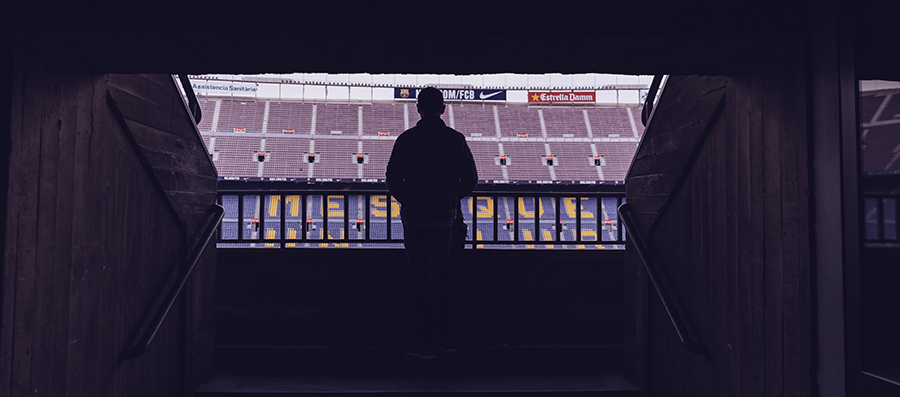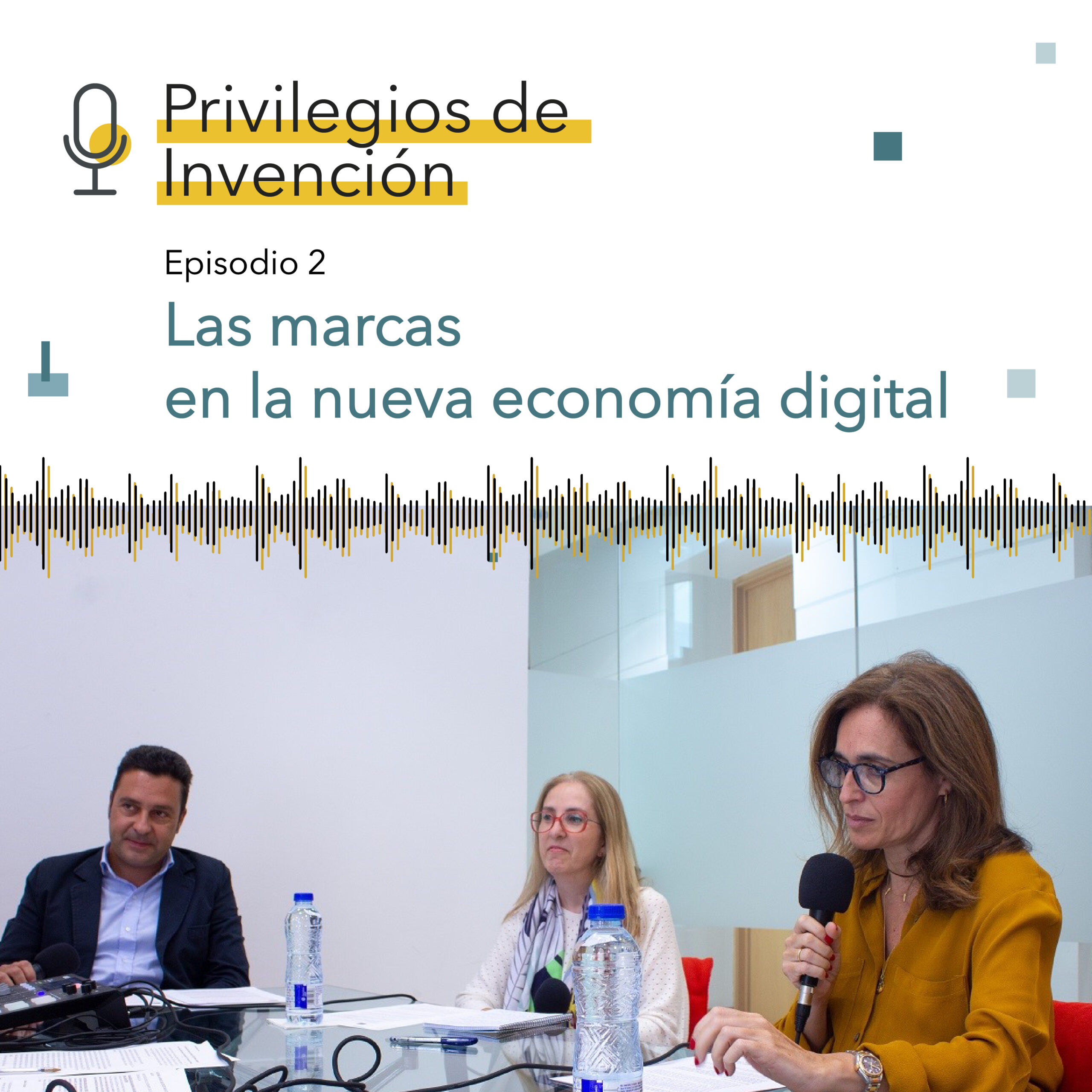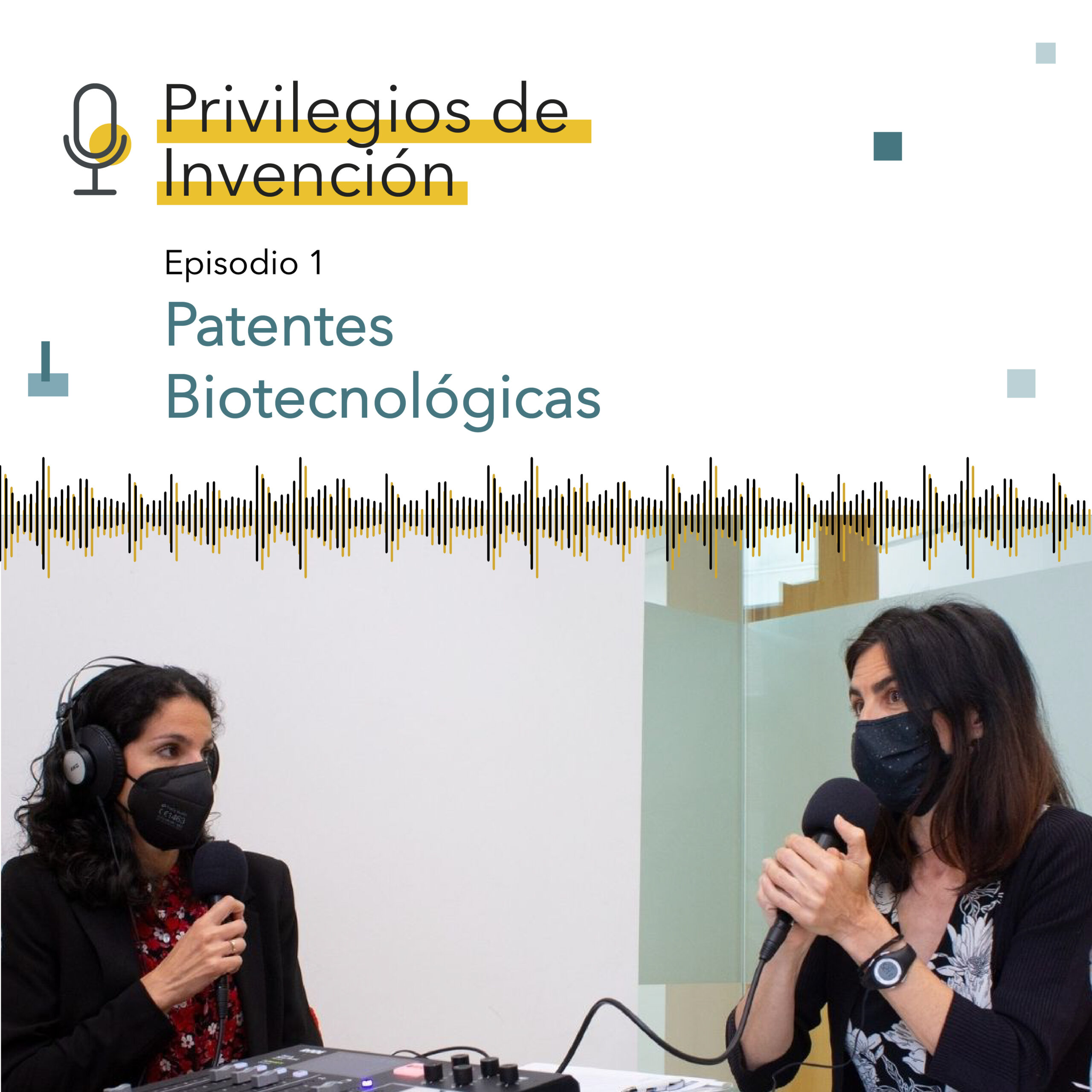On 26 April 2018, the Sixth Chamber of the General Court of the European Union (GCEU) delivered a judgment on the conceptual aspect (i.e. what the trademark means for the consumer) in the comparison of trademarks for the purposes of Article 8 (1) (b) of the Council Regulation on the Community Trademark (now European Trademark) No 207/2009.
The trademarks at issue are the earlier Union trademarks registred MASSI nº 10674893 for Class 25 and MASSI nº 414086 for Classes 9 and 28, and the European Union trademark applied for MESSI (mixed) for goods in Classes 9, 25, and 28.
That decision is of great interest in so far as it relates to the way in which the conceptual comparison between trademarks is to be made when one of them consists of the surname of a public figure, known to the general public in the European Union, as well as the impact of the highlights of such assessment.
EUIPO had considered the trademarks at issue to be incompatible, given the allegedly high verbal and graphic similarity between the dominant elements of the trademarks and the similarity, and partial identity, of the goods, with a risk of confusion.
After analysing the possible phonetic and graphic similarities, and the goods and services, the GCEU, in paragraph 50 et seq. of the ruling we are commented on, goes into the conceptual aspect in greater depth, given that at the hearing held on 22 January 2018 it was one of the most debated issues and one to which the greatest attention was paid.
At that hearing, the appellant set out the findings of PICASSO-PICARO, T-185/02 (PICASSO), which states that any visual and phonetic similarities may be ‘neutralized’ by a conceptual difference, provided that it is established that the relevant public assigns to one of the signs a clear and specific meaning in such a way that the public is immediately capable of grasping it.
The appellant sustained the application of the PICASSO ruling in this case, given that (i) the football player Lionel Messi is known worldwide to the general public and not only to football or sport lovers in general, as wrongly held in paragraph 27 of the ruling of the EUIPO Board of Appeal, and (ii) that the average, attentive and circumspect consumer, when contemplating the MESSI trademark, will therefore immediately realize that it refers to the world-famous football player, since it has a clear and specific meaning for that consumer, as opposed to the MASSI trademark which will mean nothing to them.
In paragraphs 52 through 54, the GCEU considers that paragraph 27 of the ruling of EUIPO Board of Appeal is in fact incorrect when it rightly considers Lionel Messi to be well known to the general public, since “he is known to most of the informed persons… who read the press, watch the news on television, go to the cinema or listen to the radio, all media in which they can watch him and the media in which he is usually mentioned.” EUIPO and the intervener dispute that the reputation of the football player cannot be presumed, since there is no evidence to suggest that all relevant consumers will conceptually associate the MESSI trademark with that player.
In this respect, in paragraph 61 of the ruling, the GCEU emphasizes that EUIPO, irrespective of any statements by the parties or evidence at its disposal, must take into account facts which are well known, i.e. “facts which can be known to any person or which can be ascertained from generally accessible sources.”
It should be noted that the notoriety of the surname Messi, as the surname of the world-famous football player and as a public figure, is a well-known fact. In fact, that reputation was admitted by EUIPO in its ruling, even though it had wrongly considered that it was limited to a segment of the relevant public, namely those interested in football and sports in general.
Finally, the GCEU, after an overall analysis of the circumstances of the case, considers the PICASSO and Others ruling to be applicable to the case (see paragraph 75 of the ruling), concluding that the degree of similarity between the trademarks is not sufficiently high to give rise to a risk of confusion.




